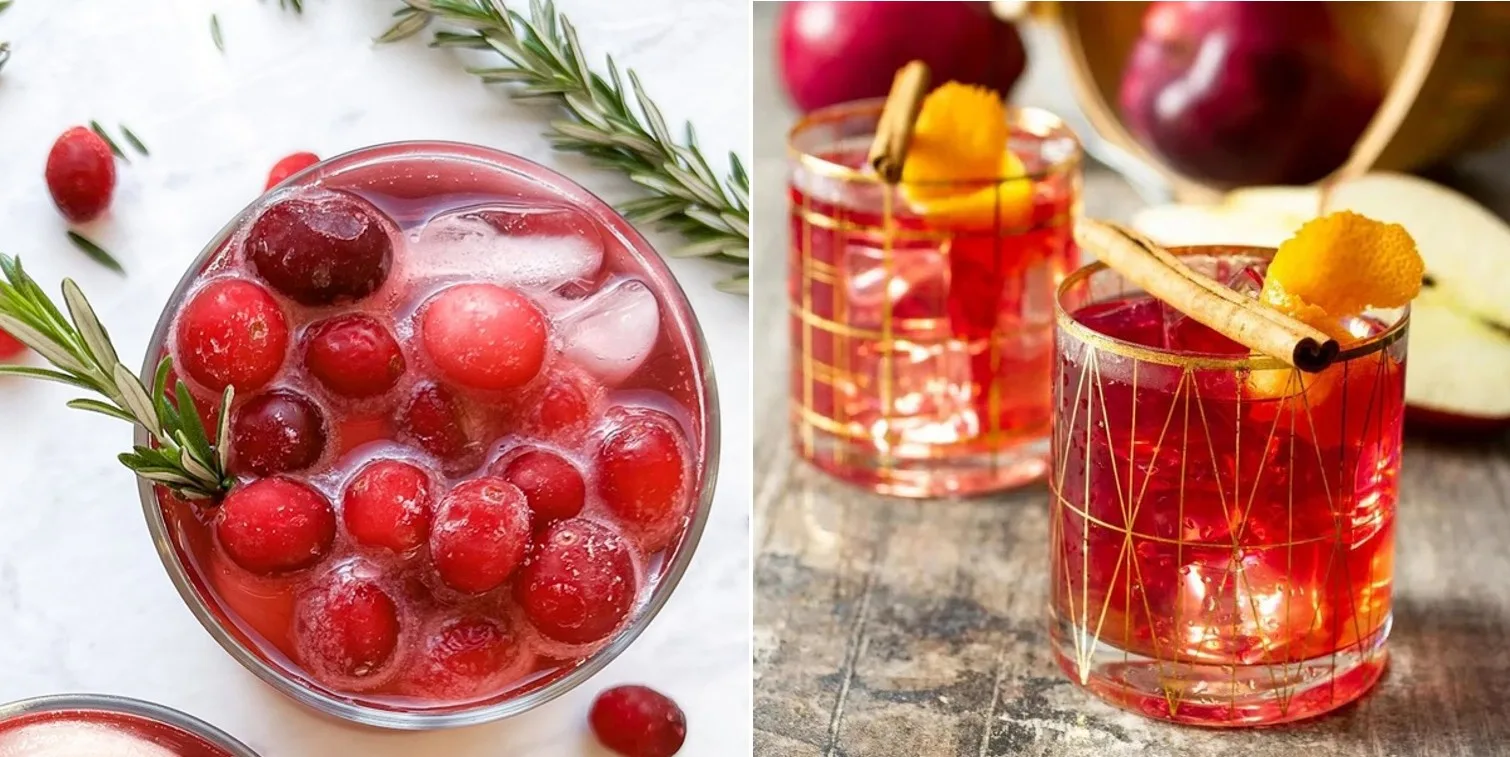Freezing tofu alters its texture in a way that makes it firmer, chewier, and better at absorbing flavors. Freezing also causes the tofu to retain its protein, vitamins, and minerals, and may even offer additional health benefits like improved cholesterol management.
What happens when tofu is thawed?
When frozen tofu is thawed, it becomes more porous, allowing marinades to soak in deeply. This causes the tofu to act “like a sponge, so it is just begging to soak up some marinades and different flavors” says Derek Simnett, a certified nutritional practitioner and creator of Simnett Nutrition
Once thawed, pressing tofu is much easier, reducing the need for heavy books or tofu presses. Instead, Simnett demonstrates how a simple squeeze by hand removes most of the moisture, making it ideal for crispier cooking methods.
One of Simnett’s recipes using frozen tofu is crispy panko-breaded tofu nuggets, a plant-based take on the classic fried nugget. After thawing and pressing, the tofu is cut into thin slices for maximum crispiness. He then marinates the tofu in seasoned vegetable broth, before coating it in a mixture of non-dairy milk, flour, and spices, followed by panko breadcrumbs.
The nuggets can be baked at 375°F (190°C) for about 25 minutes or air-fried at 350°F (175°C) for a crispier finish. “It looks so much like the texture of a chicken nugget, which is pretty crazy,” Simnett said, noting how the freezing process changes the tofu’s structure.
Simple pan-fried tamari tofu
For a quick, no-fuss tofu dish, Simnett suggests pan-fried tamari tofu, a simple yet flavorful option for everyday meals. He slices the thawed tofu into thinner pieces, then drizzles tamari over them while cooking in a preheated pan.
Cooking for five to seven minutes per side creates a slightly crispy, deeply savory tofu that pairs well with salads, stir-fries, or grain bowls. “For how simple this is and how good it tastes, you just can’t beat it,” Simnett said.
Takeaway
Freezing alters the tofu’s structure by forming ice crystals, which, upon thawing, leave behind small pockets. This results in a spongier, more porous texture. This change makes the tofu chewier and firmer, often described as “meatier,” which can be desirable in many dishes while also significantly extending the shelf life of tofu, helping to reduce food waste.
Source:
Why Freezing Tofu Is the Ultimate Cooking Hack











